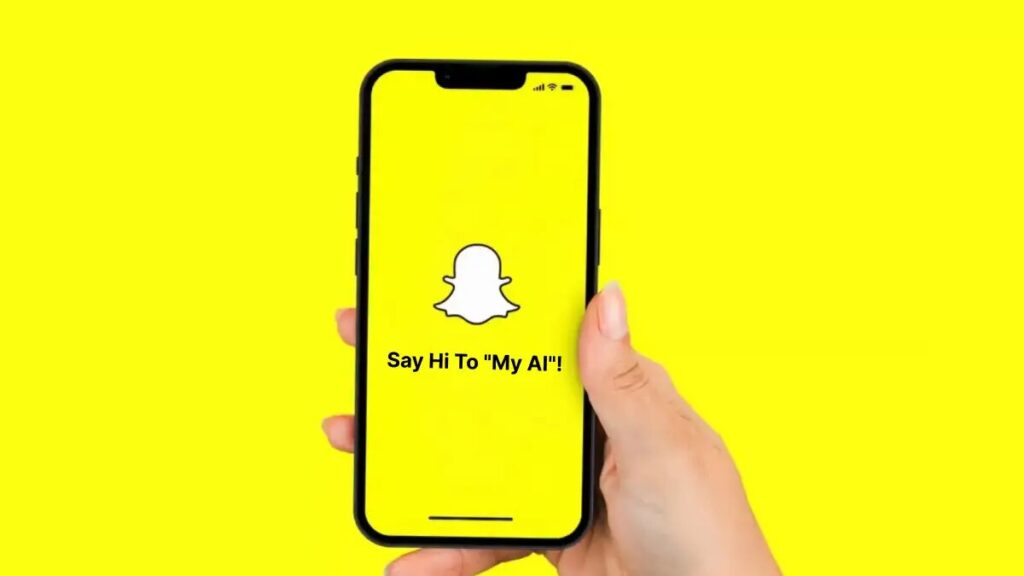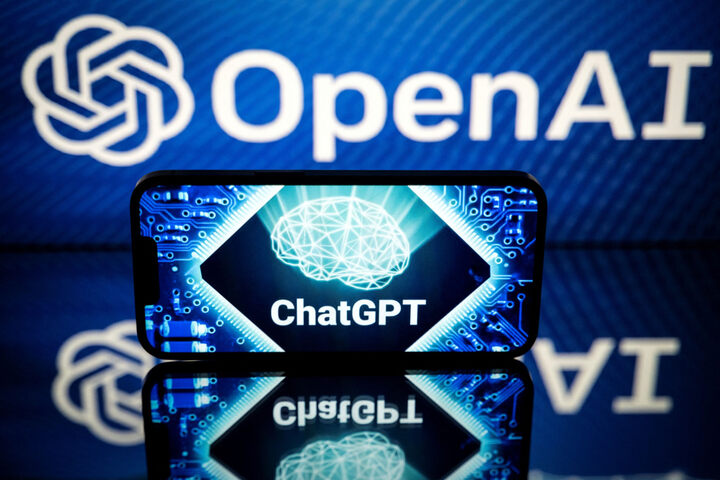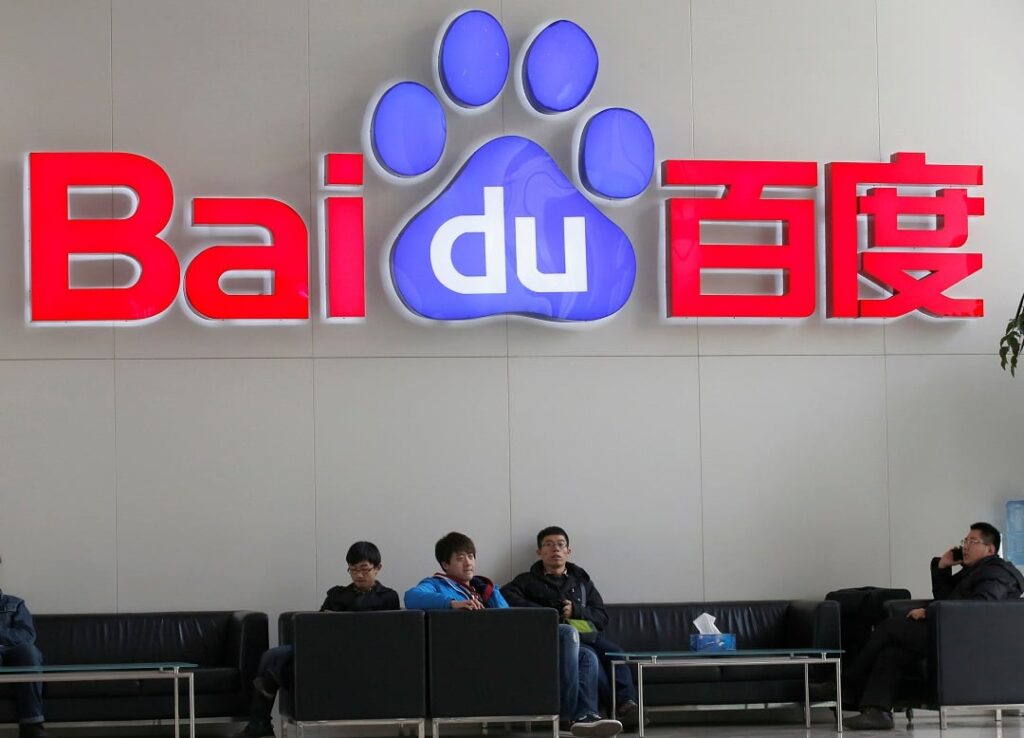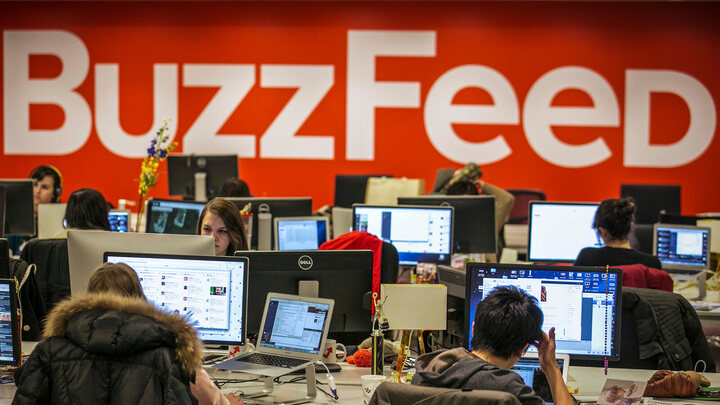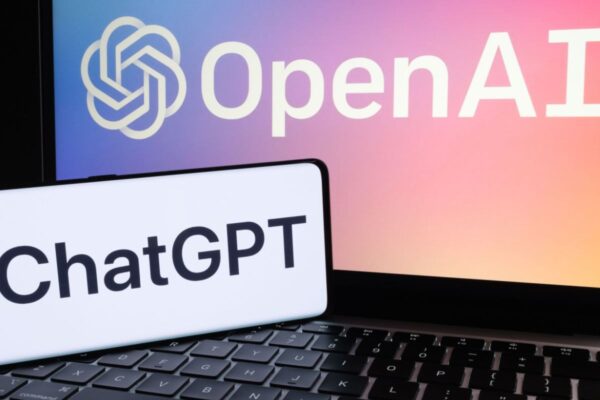Why is ChatGPT banned in Italy?
Italy is the first Western nation to block the sophisticated chatbot ChatGPT.
The model, developed by US start-up OpenAI and backed by Microsoft, raised privacy concerns, according to the Italian data protection body. With “immediate effect,” the authority said it was going to ban OpenAI and launch an investigation. OpenAI assured the BBC that it adhered to privacy rules.
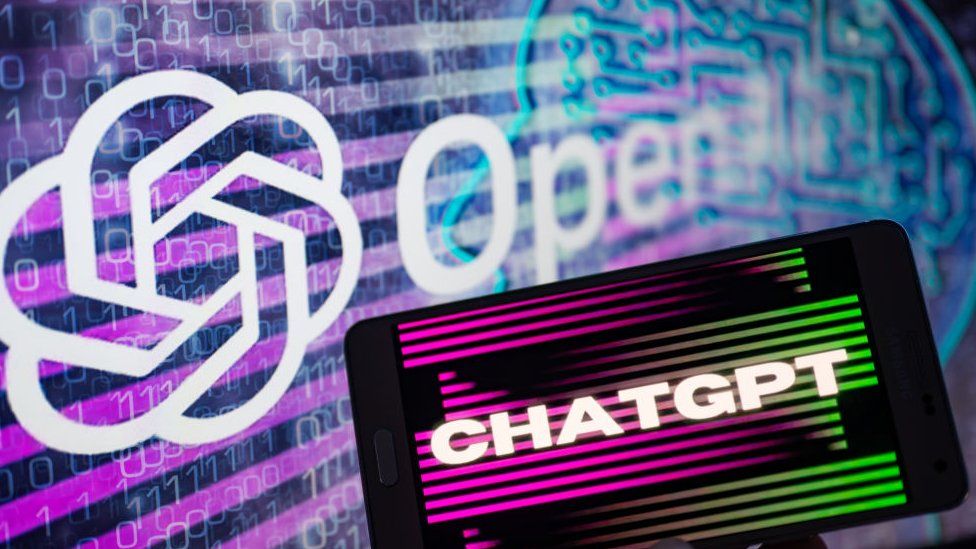
Since its debut in November 2022, ChatGPT has been used by millions of users. Utilizing the web as it existed in 2021 as its information repository, it can imitate other writing styles and respond to queries in a manner that is natural and human-like.
Also Read: Netflix Might Be Putting Its Video Games on TVs
ChatGPT was introduced to Bing last month after Microsoft invested billions in it. Word, Excel, PowerPoint, and Outlook will all have a form of technology integrated into them, according to the company.
Concerns have been raised about the possible downsides of artificial intelligence (AI), including the threat it poses to employment and the spread of bias and false information.
Elon Musk and other prominent tech figures called for the suspension of these AI systems earlier this week amid concerns that the race to create them was spiraling out of control. In addition to blocking OpenAI’s chatbot, the Italian watchdog declared that it would look into whether it met with the General Data Protection Regulation. The GDPR sets rules for the collection, use, processing, and storage of personal data.
The watchdog reported a data breach affecting user interactions and payment details in the app on March 20. It claimed that there was no legal justification for “the mass collection and storage of personal data for the purpose of training the algorithms underlying the operation of the platform”.
The app “exposes minors to absolutely unsuitable answers compared to their degree of development and awareness,” according to the statement, because there are no means to verify the users’ ages.
Due to the same worries, Bard, Google’s competing artificial intelligence chatbot, has since become only accessible to particular users above the age of 18. OpenAI was given 20 days by the Italian data protection authority to respond to the watchdog’s concerns or face a fine of up to €20 million or 4% of yearly revenues.
As for the ban, the Irish Data Protection Commission informed the BBC that it is coordinating with all EU data protection agencies and plans on keeping up with the Italian authority to understand the reasons behind their decision.
Also Read: Can we use nearby share between Android and Windows?
The UK’s independent data regulator, the Information Commissioner’s Office, told the BBC that it would “support” advances in AI but was also prepared to “challenge non-compliance” with the data protection regulations.
The ban, according to Dan Morgan of cybersecurity rating service SecurityScorecard, highlights the significance of regulatory compliance for businesses doing business in Europe.
Many nations, such as China, Iran, North Korea, and Russia, have already banned ChatGPT.

I am a law graduate from NLU Lucknow. I have a flair for creative writing and hence in my free time work as a freelance content writer.
